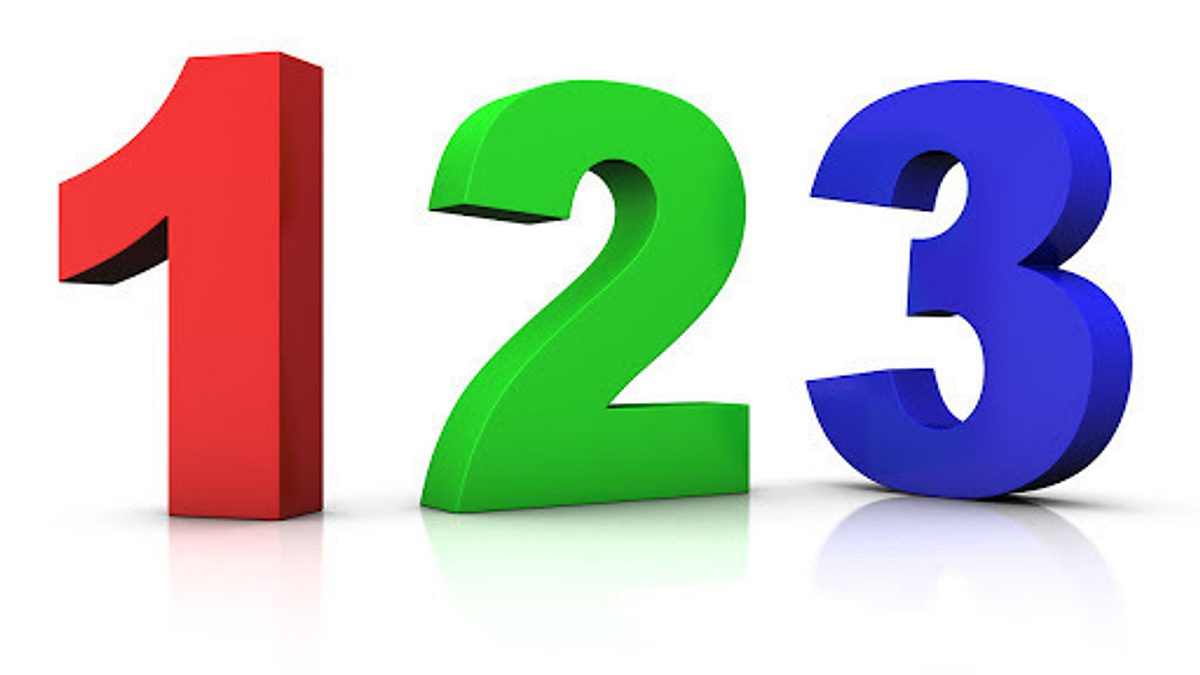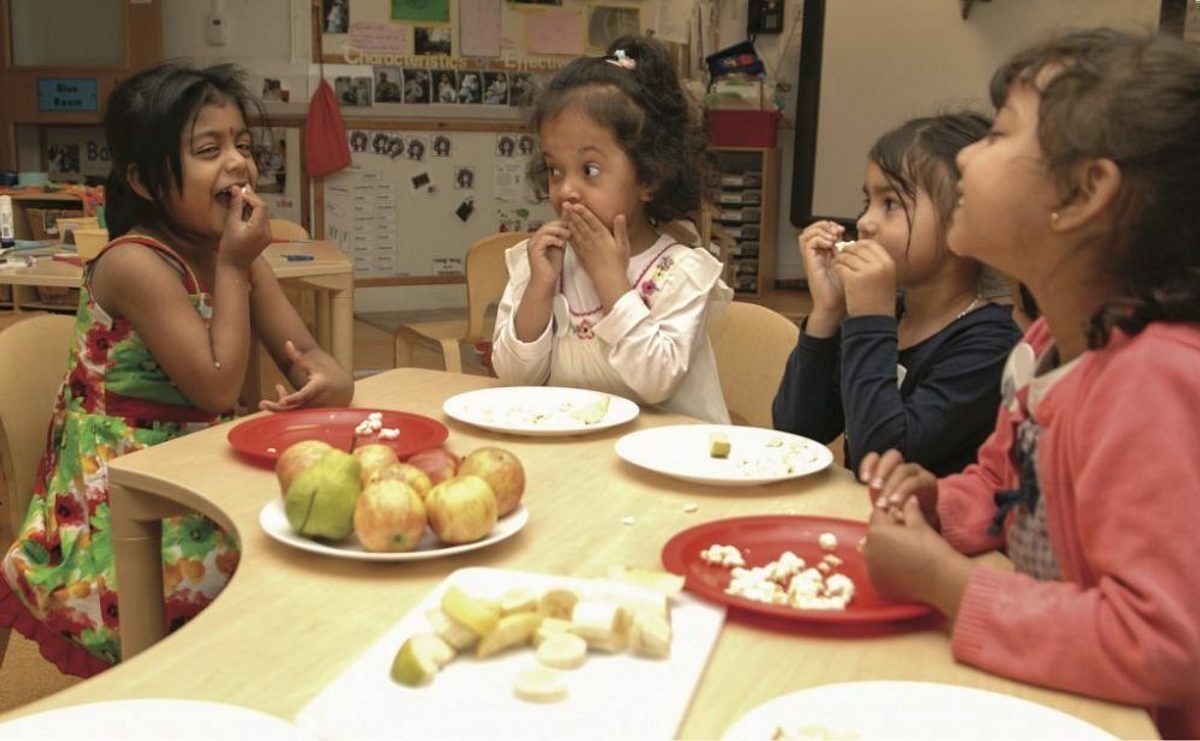

Research School Network: Early maths: easy as one, two, three? Improving Mathematics in Early Years and Key Stage One puts the spotlight on early maths, write Julian Grenier and Fliss James
—
Blog
Early maths: easy as one, two, three?
Improving Mathematics in Early Years and Key Stage One puts the spotlight on early maths, write Julian Grenier and Fliss James
Share on:

by East London Research School
on the
Successful early learning in maths is vitally important to all children.
It’s crucial to help every child become a confident young mathematician who enjoys thinking about numbers and shapes and solving problems. We want all children to understand how counting works, and to have a rich vocabulary to talk about shapes patterns and their spatial thinking, for example. That’s an important aspect of an effective early education. High quality early years education and care is positive for all children: but it’s especially important for children growing up in disadvantaged circumstances. Professor Ted Melhuish and colleagues have summarised the research and evidence and concluded that ‘with regard to provision for three years onwards, disadvantaged children benefit particularly from high-quality preschool provision’ (Melhuish et al, 2014).
Furthermore, ‘children’s early maths ability is correlated with attainment in maths and other subjects in later life. Maths is also an area that many early years settings struggle with, and where the gap between disadvantaged children and their peers is particularly large’ (Education Endowment Foundation, 2018).
That’s why it’s so important for us to develop effective provision for maths in the early years. Improving Mathematics in Early Years and Key Stage One is an essential guide to the best research and evidence in this area.
In 2018, just 66% of disadvantaged children achieved at least the expected level of development for number at the end of the Early Years Foundation Stage compared to 82% of their peers. Once children fall behind, it is hard for them to catch up and they are likely to fall further behind throughout school.
In this blog we are going to focus on the early years aspects of that report. At the East London Research School, we’ve been working with the North East London Maths Hub to learn more about effective practice when working with children aged 2, 3 and 4‑years old. So we’ll be discussing some of the aspects of the report which we’re finding especially useful. The report emphasises how important it is to ‘dedicate time for children to learn mathematics and integrate mathematics throughout the day’.
This is something we have been focusing on for a while. Many practitioners – including ourselves – once thought that children in the early years are learning maths all of the time. With high-quality resources and practitioners who are ready and able to interact with their mathematical thinking, maths learning will arise spontaneously through play and routines. This view has been strongly challenged in recent research. For example, nursery teacher Janine Davenall investigated the development of mathematics through independent play.
She was surprised by what she found (or didn’t find)!
Here’s how she tells the story of her investigation:
During a four-day week we flooded our environment with activities that could potentially lend themselves to number and calculating ideas. In order to identify when, where and how often children engaged with friends in mathematical ideas, we agreed to keep an event sample of mathematical incidents, both inside the classroom and outside in our garden area. Despite this huge input we noted a total of just 57 incidents relating to the mathematics area of the Early Years Foundation Stage (DfES 2007), 37 of which held possible reference to number and calculation ideas. Comments represented just 17 children out of 52 children in the class. This activity highlighted how few incidents took place, how inconsistent they were between children and how fleeting mathematical involvement was without adult intervention.
As a result, Davenall agrees with Sue Gifford’s earlier finding that children are ‘unlikely to learn about number through independent play … a laissez-faire approach to children learning maths in the ‘secret garden of play’ does not work. Opportunities may be there, but children will not necessarily take advantage of them’ (Gifford, 2005, page 2).
Increasingly, the evidence points to the importance of practitioners in the early years drawing on a mixture of pedagogical styles. For example, the New Zealand Government’s Early mathematics: a guide for improving teaching and learning (2016) comments that ‘there is now strong evidence that the most effective settings for young learners provide a balance between opportunities for children to benefit from teacher-initiated group work and freely chosen, yet potentially instructive play activities’.

It’s important to consider how maths can be integrated throughout the day, in ways which are meaningful and motivating to children. We found this example in the report especially helpful: ‘Practitioners in a nursery class decided to use snack time to help the children to recognise numbers of objects and connect them to number words. During snack time they would point out, ‘We have three oranges that we are going to share out’, whilst showing the numbers on their fingers to reinforce the quantity. By encouraging the children to see the amount of something rather than only seeing the object — for example, the orange or cup — the practitioners were helping the children to develop the habit of quantifying small groups or collections. This enabled children to begin to build up a concept of number and connect number words with amounts.’

A second eye-catching recommendation in the report is that practitioners should ‘encourage children to use their fingers — an important manipulative for children.’Counting on fingers is an effective strategy to support young children’s mathematical thinking and learning.But, it can be easily overlooked.In teaching counting we often use manipulatives – objects such as counters that children can engage with to help make abstract mathematical concepts and procedures easier to understand.

Fingers can also be used in this way and have the added advantage that they are accessible! Furthermore, encouraging children to count on their fingers decreases working memory load. Counting on fingers encourages children to understand and practise the order of the counting sequence. Fingers can also be used to label the size of a set; this is very powerful for young children. When counting out aloud or using a number word seize the opportunity to demonstrate with your fingers as well.
Finally, it’s important to consider how easy it is to get the balance wrong in the early years between assessment and teaching (in the broadest sense: not just direct teaching, but also how routines and resources are organised, and how children’s play is supported and developed). It’s easy to find ourselves spending lots of our time asking children questions like ‘how many?’ or ‘what shape is that?’ We need to spend most of our time giving children the teaching they need to deepen their understanding of numbers, shapes, space and patterns. This point is made neatly in the guidance through the following example:
A nursery school reviewed its mathematics provision for three- and four-year olds. One of the findings of the review was that when practitioners counted along with groups of children, it was often difficult to tell if individual children knew or did not know the correct number order. Some children appeared to be counting along correctly, but it was hard to hear exactly what they were saying because this was drowned out by the other children’s louder voices. It was also difficult to tell whether every child knew that the last number they counted represented the number of objects in the set. Overall, practitioners were not always clear about what children knew and could do. So, the team piloted a different approach to checking children’s understanding of number. When counting, they stopped leading groups in chanting to large numbers like 20. Instead, they focused on small sets of up to five. Individual children were asked to say how many items were in the set. Some children could tell just by looking (subitising) and others needed to count. In a few cases, children did not know the correct sequence of numbers. Practitioners gave those children extra help to catch up using engaging approaches like finger rhymes with counting. Children were also given extra opportunities to deepen their understanding of small numbers. For example, at snack time a practitioner asked a child to ‘get everyone a plate, please’. There were four children, but the practitioner was careful not to ask for ‘four plates’. She wanted to use this as an opportunity to find out what the child knew and could do. Pen and pencil pots were reorganised with just five items in each pot, so children practised counting up to five every tidy-up time. The overall approach involved much more open-ended and practical exploration of numbers, with children being asked questions like, ‘How did you know there were four there?’ Where children clearly showed that they knew and could use numbers up to five in a range of contexts, practitioners encouraged them to explore part-whole relationships, like finding lots of different ways of building with five wooden blocks. They continued to engage with children’s interest in larger numbers, too, but moving the children onto bigger numbers was only prioritised once they achieved a deep understanding of smaller numbers, like ‘the fiveness of five’.
We have found the guidelines from the New Zealand Government on early number progression have helped us to understand the earliest stages of counting. With better understanding, we can focus better on supporting children’s learning. It’s also helped us to consider where exactly children might have difficulties in their counting, and provide them with the help they need.

We really welcome this new report. However, it’s also apparent that there is still a lot for us to find out about effective provision for the youngest children, especially from birth to three years old. That’s why we’ve been running a small pilot group to explore promising practices in this area, in association with the North East London Maths Hub.

Finally, whilst research suggests that home learning environment for children’s early maths is vital, we don’t yet know enough about how to support parents with this. The EEF’s guidance report, Working with parents to support children’s learning, gives plenty of sound advice. But there is more for us to learn.
We hope you’ll join us as we explore more of the evidence and develop new and promising practice about children’s early maths.
Dr Julian Grenier is the headteacher of Sheringham Nursery School and Children’s Centre and co-leads the East London Research School.
Fliss James is an early years teacher and consultant, and a Specialist Leader in Education with particular expertise in early maths.
More from the East London Research School
Show all news

Blog -
Interactive reading: the power of sharing books

Blog -